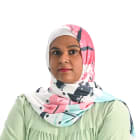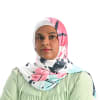Singapore recognised as top 10 most accessible cities globally but challenges remain for heritage sites
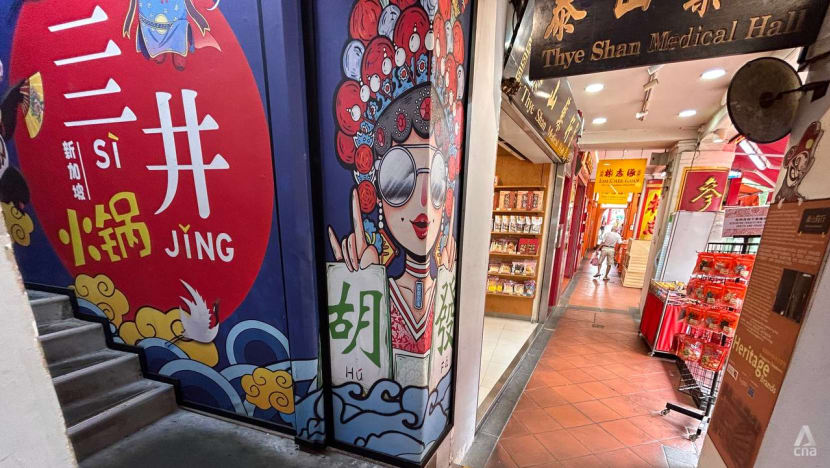
Chinatown has narrow pavements and stairs that make the heritage district less accessible to those with mobility issues. (Photo: CNA/Cherie Lok)
SINGAPORE: Mr Alister Ong travels frequently for work and to volunteer but using a wheelchair because of cerebral palsy means he has to make extra preparations.
"I'll need to inform the airline earlier because it gives them ample notice for them to inform the ground staff as well. For example, the weight of the wheelchair that I'll be bringing, the size of the wheelchair, the dimensions, and what kind of needs I have,” he said.
Ms Sabrina Mohamed Zakariah, a customer services officer at SATS, said that she and her team from the “special services” section undergo training on how to deal with people with disabilities, with a bulk of it covering how to assist wheelchair users.
“(We learn) how to manoeuvre the wheelchairs … We have to go up and down the ramps, how to go into lifts, how to move the passenger from the seat on to the wheelchair,” she told CNA, adding that they also learn how to operate other equipment.
However, lack of manpower can sometimes pose a challenge, and the staff at SATS have had to get creative to cope. For instance, they use an e-caddy that can ferry three people out of the plane at once.
“We go through like 1,500 to 1,700 passengers (with special needs) daily. But we don't have that amount of people on hand to help,” said Ms Sabrina.
SPECIAL ASSISTANCE LANES AT CHANGI AIRPORT
Changi Airport has also deployed new technology to ease such visitors through immigration. At any one time, four people can go through special assistance lanes, which are wide enough for wheelchair users to pass through.
The automated lanes are currently available at the Terminal 1 departure gate, as well as Terminal 2 arrival and departure gates.
Mr Albert Lim, group senior vice president of Airport Operations Planning at Changi Airport Group (CAG), said CAG is working very closely with the Immigration and Checkpoints Authority (ICA) to implement the special assistance lanes across all four terminals by the first half of next year.
"Besides giving this group of passengers a sense of autonomy, they also have the flexibility to use the automated lanes as a group together with their families or travelling companions. These options enable a faster, stress-free and more seamless airport journey,” he said.
According to a government masterplan, around 79 per cent of Singapore's public buildings have achieved basic accessibility.
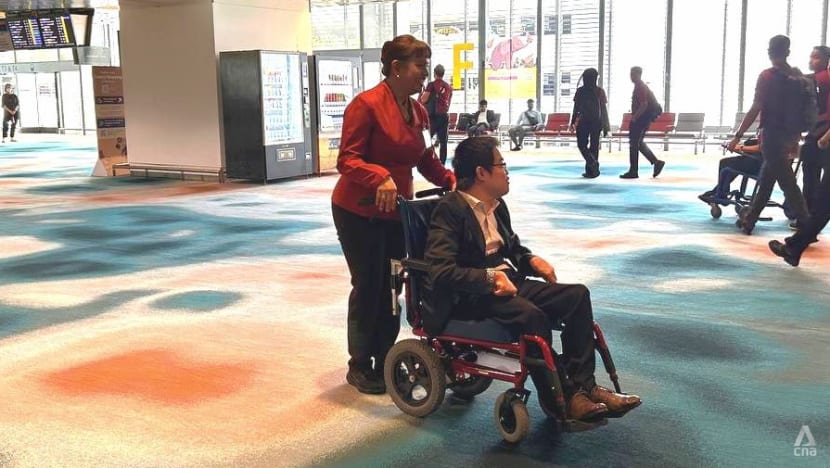
The country’s efforts appear to be paying off, with Singapore recently listed as one of 10 cities leading the way in meeting the needs of travellers with disabilities.
This was based on a survey of 3,500 people with disabilities conducted by the Valuable 500, a global business collective of 500 CEOs and their companies.
Speaking to CNA last month following the release of the survey, Ms Caroline Casey, founder of Valuable 500, said that the pedestrian ways and pathways within Singapore are “pretty fantastic”, noting that 95 per cent of pedestrian ways, bus stops and taxi stands are accessible.
“That's quite unheard of. And that's not just for people with disabilities with mobility issues, but it's for travellers with bags and wheelchairs or mums with buggies. And that concept of universal design is very much now being embedded into Singapore,” said Ms Casey, who is also a disability activist.
PROBLEMS WITH HERITAGE BUILDINGS
However, more can be done.
Old buildings in heritage districts like Chinatown are cramped and narrow, with staircases limiting access to some shops and public toilets for those with mobility issues.
Walkways in front of shops are also not very wide and have multiple level changes, with some blocked by obstacles such as dustbins and trolleys.
National University of Singapore student Malika Joshi, who is doing a Master of Arts in Architectural Conservation with a focus on universal accessibility, is trying to improve things.
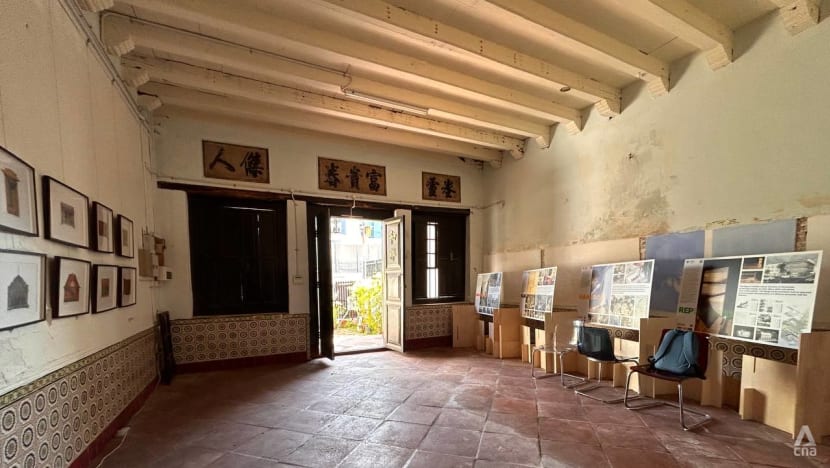
She is starting with making her department’s Architectural Conservation Laboratory (ArClab), located in a conserved building on Neil Road, more accessible. The venue provides students a space to develop cutting edge cross-disciplinary research and collaboration across the fields of digital conservation technology, material sciences, and building aesthetics.
Her idea came from experiencing a lack of access first-hand, after she had a surgery following an accident.
She told CNA: “It was very difficult for me to just climb the stairs or to access this house (ArClab). So from that, from that incident, I got a thought. Why not make this building accessible?”
Ms Malika is planning to install a lift or platform lift at the back of the courtyard to improve accessibility.
That way, she can still conserve the original staircase and walls inside the shop house.
Together with her supervisors, she will share their suggestions with the relevant authorities, as part of a broader effort to make over 7,200 conserved buildings and structures in Singapore more accessible.
To encourage the owners of old units to install wheelchair-friendly features, the Building and Construction Authority has set up an accessibility fund.
It co-sponsors up to 80 per cent of the construction cost of basic accessibility features like ramps, lifts, accessible toilets, as well as up to 60 per cent of the cost of installing features for deaf users and those with visual impairment.
So far, over 150 private buildings have tapped the fund, including Masjid Sultan in Kampong Glam, Sri Thendayuthapani Temple and Goodwood Park Hotel.









